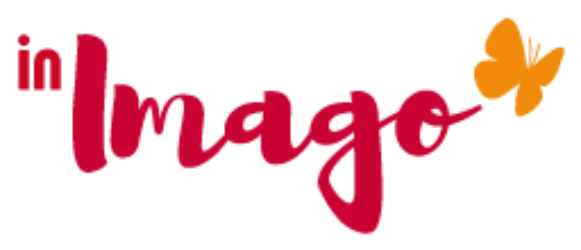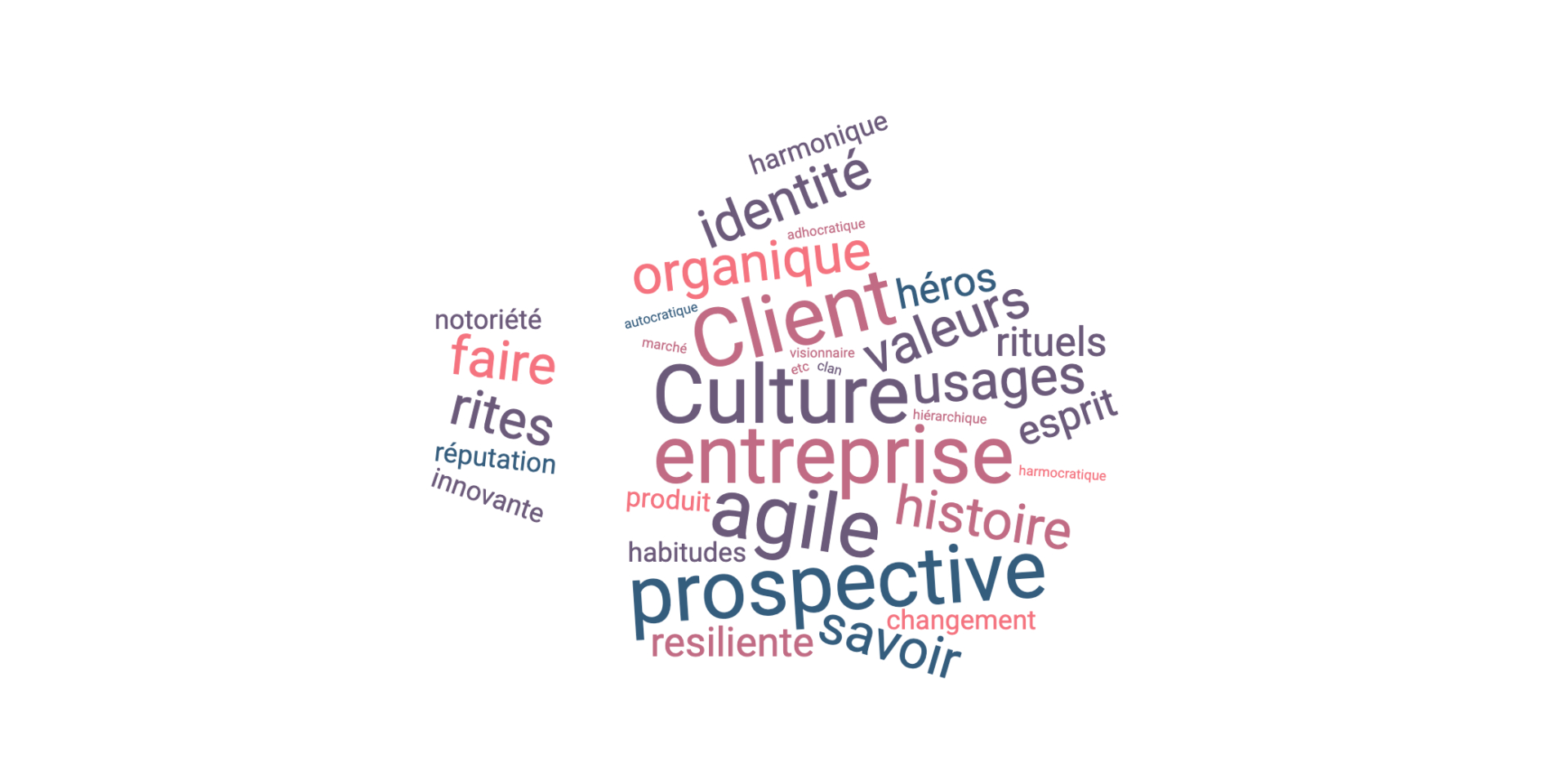Strategic management is confronted with its habits and old reflexes when the company undertakes the Client Culture adventure.
For example, during a “learning expedition” (methodology for accompanying change which takes place during a discovery trip), I was lucky to have members of the management committee of a large company for a workshop to discover the practices of Startups.
Their goal was to understand the workings of a startup and see how to put them into action in their ecosystem.
My goal deviated somewhat from their expectations. I led them to experience their own customer journey as part of their current press campaign.
The company changes its name and runs a corporate advertisement on social networks. The advertising highlights the deep meaning that the company wants to achieve both in terms of social responsibility and behavioral ethics.
After watching the “corporate” advertisement, the managers, using legos, imagined the most suitable processes to take into account the changes described in this corporate film. Then the workshop led them to compare the processes in place and the lego organization they had just built. The managers identified the flaws in the process of receiving customer requests in relation to their corporate advertising. Then they built the process adapted and consistent with their advertising in Lean Startup style.
Well, believe it or not, the managers didn’t appreciate the experience. They would have liked to live a “live my life as a startup” and they did not like to be confronted with their reality.
Since then, the company has continued to implement a customer-centric culture and perseveres in making its strategy consistent both internally and externally. But this remains a long and challenging change management process for all employees.
And this workshop has become a Client Coaching Culture course, of which the client rally has become a must.
Customer culture and Agile values, Definitions
Customer culture is the set of values and beliefs of a company, reflected by the attitudes and behaviors of employees in order to ensure customer satisfaction in a sustainable way. Agile values put the customer and the team at the center to co-construct the product and the adapted customer journey. The aim is to maximize the value produced.
Why implement a customer culture?
Consumers express their opinion, are daily players in the brands they favor, sometimes even going so far as to force these brands to be responsible for their actions. This becomes an important purchasing criterion.
See dossier A responsible brand, by Yves Puget and Stéphane Brunerie
What are the obstacles to a customer culture?
1-The first brake is the ability of each to question their way of thinking. We think of tasks in a process, or product, or customer acquisition strategy … We do not think of waiting time, fluidity of the journey, customer service. Being customer centric, it’s like thinking backwards … starting from the customer dream, without preconceived ideas except that he will enjoy working with us.
2- Customer segmentation becomes a perilous exercise when you personalize it and then go out and question them about these expectations. The expectations are so far from what we imagined, the needs multiply according to the number of customers questioned. We must therefore choose the target we want to reach, and pivot our strategy to meet their needs.
3- The entire organization of the company is impacted by customer culture, including information systems, CRM in particular. The implementation of this culture requires decompartmentalizing the organization and following a customer segment from end to end.
What are the 3 success factors for implementing a customer culture?
- Each member of the General Management acts and thinks of the customer. It challenges itself with people who think differently and promotes the emergence of a new approach.
- The General Management commits its teams to build their project starting from the “why”, from the customer’s need. It encourages the removal of tasks without added value to customers
- The added value brings out the organization of the company and turns it towards the customer, by systematizing customer listening, feedback of dissatisfaction, irritating customers and their treatment.
The result of a customer-centric organization will be the perceived quality of products and services compared to its initial expectations.
This change is the only perceptible to the customer. The feeling installed, positive or negative, will take a long time to change.
The customer expects a personalized attitude and not a display of a satisfaction indicator. The customer looks at:
- the fluidity of the processing of his request and resists being tossed from one service to another, put on hold due to holidays or insufficient vocabulary in the voice box. He waits for a grip.
- Waiting times and associated efficiency. A confirmation email is not a criterion of effectiveness, only the processing of his request interests him.
- Finally, the relationship with the members of the company who will in turn convey empathy, emotion and passion for the products will bring enthusiasm and smile to your customers. They will follow you for the long haul.
In summary, customer culture is:
A commitment from Top Management who, day by day, will be able to mobilize 5 pillars to create and maintain a customer culture among its teams:
1- Trust
2- Adaptability
3- A positive spirit
4- Challenged perspectives
5- Endurance
Managerial change, play the Agile 3M card
Take advantage of this atypical period of lockdown to rethink your approach to your profession and your business. Many competitors seek to innovate in order to improve their post-lockdown positioning, not only in relation to their value proposition, but also in their style of leadership, organization and management. And you?
Is Agile culture really a culture? In any case, there is a lot of controversy surrounding this term. So to reconcile us I propose to group this around Agile 3M
- Methods: the Agile domain offers a whole range of skills and certifications to put people at the center of any interaction
- Mindset: Agility is a mindset that allows your organization to empower your employees in order to generate value. Agility is a culture of working in short cycles, thus facilitating the adaptability to changes and new needs of your customers in a much more efficient and rapid manner.
- Means: give meaning to your Agile Trans’formation by using 3M Agile to achieve the expected performance. It is indeed the 3M alliance that facilitates the emergence of a Change Manager, both coach and boss. The sole use of Agile methods is insufficient to drive change. It is the whole system of values that must move!
Agility is a collaborative culture which, through its values and principles, enables an organization and individuals to be radically more efficient. Everyone is challenged to review their working environment. SCRUM is a proposal in this direction. Scrum is a framework driven by 3 pillars and 5 rituals which are declined in a very practical way, thus facilitating a better understanding of the agile culture. When we understand the principles of a collaborative culture, we can shape our own methods adapted to its context and the uniqueness of each situation.
When we understand the principles of a collaborative culture, we can shape our own methods adapted to its context and the uniqueness of each situation. The “instructions” of autonomy, self-organization, multidisciplinarity, give En-vie. The organic movement is taking place. Forgetting the collaborative principle by imposing a tool exacerbates the natural resistance to change. This prevents the organization from benefiting from a genuine collaborative culture, rapid adaptation to change, the motivation and creativity of its employees, new ways of doing things that accelerate time-to-market and the creation of value. for the customer and all other stakeholders.
So get on the move, and embark on a journey where everyone is the hero of this transition like no other.
For the record, I invite you to discover our approach to the 4 success factors of a transformation in order to familiarize yourself with the CIDs: the CIDs are the representation of 4 transformation levers, which are respectively Courage, Intuition, Challenge , common sense. To learn more about this topic, I also invite you to discover my article Customer Experience, why is it a priority?
Author: Dominique popiolek-Ollé, Transmutation leader, Agile Executive Coach, Founder of In Imago, management consulting and disruptive transformation.

